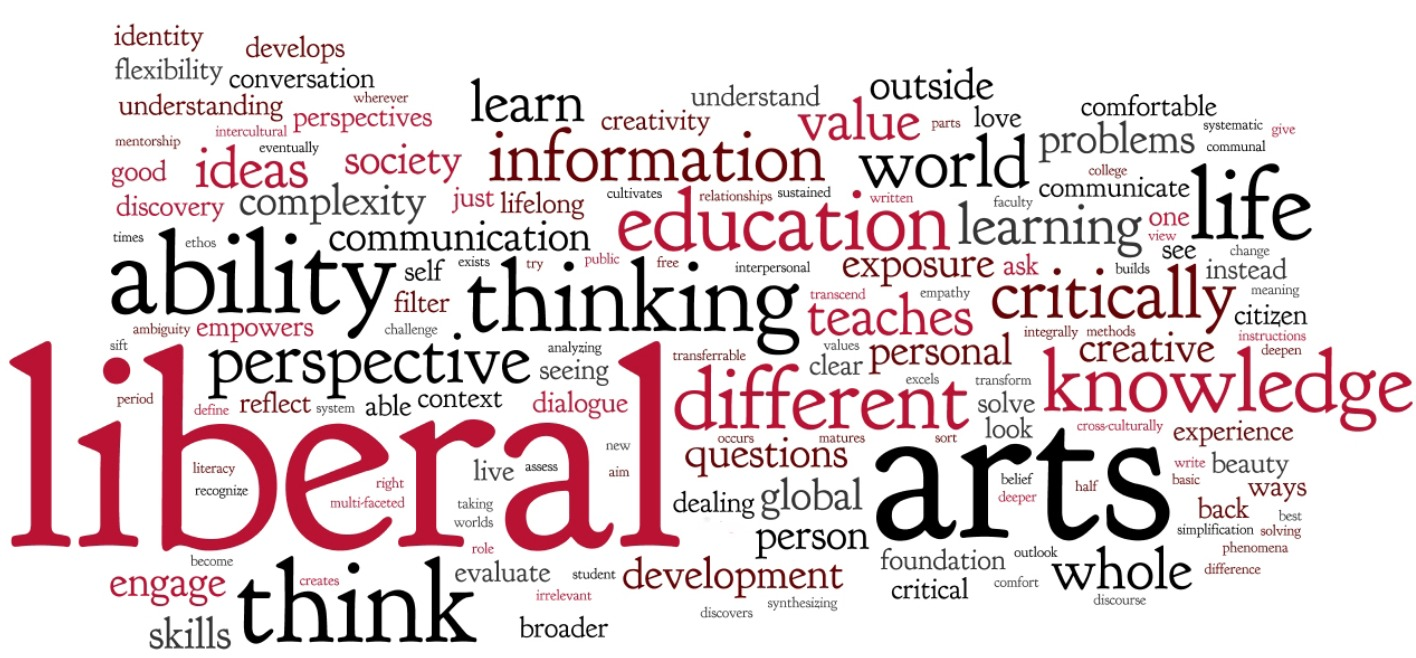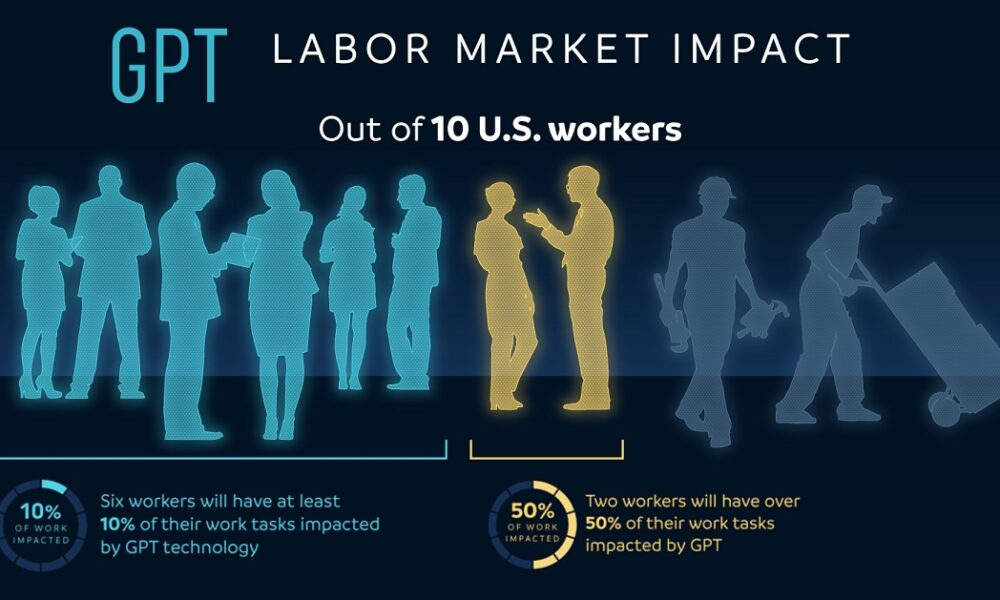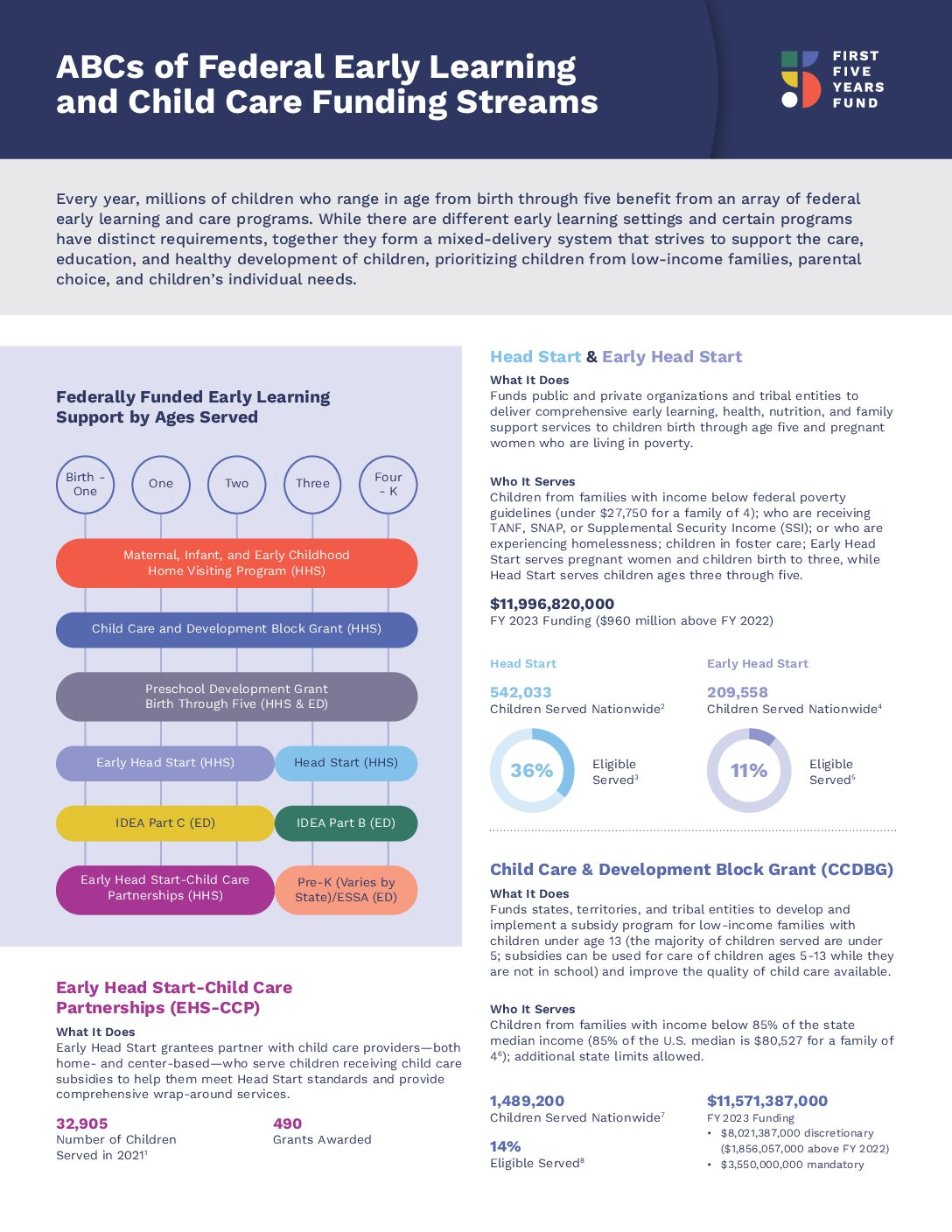Liberal arts education has long been a cornerstone of higher learning, emphasizing the development of critical thinking skills and fostering a well-rounded intellectual foundation. With its focus on subjects such as history, philosophy, and literature, this approach to education cultivates the analytical and creative abilities necessary for success in today’s rapidly changing job market. Although some may grapple with the perceived value of a liberal arts education, especially in comparison to vocational training, the return on investment for students is becoming clearer as they adapt to diverse career paths. As higher education trends evolve, it’s essential to recognize that the skills acquired through a liberal arts curriculum extend beyond the classroom, equipping graduates to navigate complex societal challenges. Ultimately, embracing the value of liberal arts is crucial for shaping informed citizens who can thrive in various professional realms while contributing meaningfully to democracy.
The realm of interdisciplinary studies, often synonymous with liberal arts education, emphasizes cultivating diverse cognitive skills essential in navigating the complexities of modern society. This form of higher education, which includes not just traditional humanities but also social sciences, encourages students to engage with a broad spectrum of ideas, fostering an adaptable mindset. By prioritizing critical analysis and creative problem-solving, students gain invaluable tools that prove beneficial, regardless of their chosen career paths. In a world increasingly focused on specialized vocational training, understanding the significance of a comprehensive academic experience underscores how essential a well-rounded education can be for future generations. This approach reflects a holistic perspective that values not only specific professional skills but also the profound impact of cultivating thoughtful, engaged citizens.
Understanding the True Value of Liberal Arts Education
Liberal arts education has long been misunderstood as merely an academic pursuit with little practicality in today’s job market. Yet, this viewpoint overlooks its profound value in fostering critical thinking skills and adaptability. As the landscape of work evolves rapidly, the ability to think critically and draw connections among diverse fields becomes essential. Graduates exposed to multiple disciplines can approach problems creatively and innovatively, preparing them for roles that demand flexible thinking and dynamic problem-solving skills.
Moreover, the return on investment associated with a liberal arts education often becomes clear over time. While initial salaries for liberal arts graduates may lag behind those of their vocational counterparts, studies indicate that these individuals tend to experience significant wage growth as their careers progress. Employers increasingly value skills like communication, analytical reasoning, and cultural awareness—qualities honed through a liberal arts curriculum—highlighting the worth of this educational path beyond immediate financial returns.
Critical Thinking: The Cornerstone of a Liberal Arts Education
Central to any liberal arts education is the cultivation of critical thinking skills. This vital capability not only empowers students to evaluate opposing perspectives but also fosters robust debate and dialogue—skills that are crucial in both professional and personal contexts. For instance, in today’s highly polarized society, individuals equipped with strong critical thinking abilities can navigate complex discussions, engage constructively with diverse viewpoints, and contribute meaningfully to democratic processes.
In the classroom, liberal arts educators strive to develop lessons that challenge students to engage critically with content, analyze arguments, and synthesize new ideas. These exercises go beyond mere rote learning and aim to deepen understanding. As graduates enter a rapidly changing workforce, those equipped with critical thinking capabilities find themselves better prepared to tackle novel challenges and adapt to evolving demands, ultimately reinforcing the long-term value of their educational experiences.
The Necessity of a Liberal Arts Education in Today’s Economy
Despite the increasing trend toward vocational training, the liberal arts remain a crucial aspect of higher education that should not be overlooked. In an economy characterized by rapid advancements and unforeseen changes, the ability to adapt, communicate, and think critically becomes essential. A liberal arts education provides students with a broad foundation that facilitates lifelong learning. As David Deming notes, the competencies gained from such an education prepare graduates for not only their first job, but for an entire career, equipping them with tools to navigate the complexities of the modern workforce.
Furthermore, liberal arts institutions are uniquely positioned to foster interdisciplinary learning, encouraging students to draw upon knowledge across various fields. This approach not only enhances intellectual flexibility but also develops the cognitive skills necessary for innovation and creativity. As employers increasingly seek out candidates who can blend skills from different domains, the importance of a well-rounded liberal arts education will likely continue to grow.
Addressing Perceptions: Liberal Arts Education as a Luxury
One of the most significant challenges that advocates of liberal arts education face is the perception of it being a luxury rather than a necessity, particularly among first-generation college students and those from low-income backgrounds. Nancy Hill emphasizes that when potential students view liberal arts education as an exclusive privilege, it becomes daunting. These individuals often grapple with doubts about whether they can afford to explore diverse academic interests or whether they should focus strictly on subjects perceived as practical for immediate employment.
This view can discourage students from pursuing liberal arts pathways and limit their opportunities for intellectual growth. To change this narrative, educational institutions must actively promote the diverse benefits of a liberal arts education, including its potential to foster resilience and adaptability. By clearly articulating the ways in which a liberal arts education can contribute to career readiness and personal fulfillment, institutions can begin to reshape perceptions and encourage broader enrollment.
The Role of Universities in Promoting Liberal Arts Education
As concerns arise regarding the declining enrollment in liberal arts programs, universities must take proactive steps to promote this essential educational model. This includes offering financial incentives, scholarships, and outreach programs aimed at underrepresented populations who may perceive liberal arts education as unattainable. In doing so, universities can make a liberal arts education more accessible and provide support for students who might otherwise be deterred by economic barriers.
Moreover, institutions need to revise their marketing strategies to highlight the value of liberal arts education in developing soft skills critical for job success. Everything from teamwork and adaptability to ethical reasoning can significantly enhance students’ marketability. By showcasing testimonials from successful alumni who attribute their achievements to their liberal arts foundation, universities can effectively communicate the return on investment associated with such programs.
Liberal Arts vs. Vocational Training: Finding the Balance
The debate between the value of liberal arts education versus vocational training is ongoing. While vocational programs focus on specific skill sets for immediate job placements, liberal arts education emphasizes holistic development and prepares students for the unpredictability of future job markets. It is essential to recognize that these two educational paths need not be mutually exclusive. A balanced approach that integrates the strengths of both liberal arts and vocational training can equip students with a comprehensive educational experience.
For instance, a liberal arts education can provide a foundational ethical framework and critical thinking skills, complemented by vocational training in specific fields. This combination can foster not only well-rounded professionals but also innovative thinkers who can adapt to shifts within their industries. Encouraging collaboration between liberal arts and vocational programs can potentially create graduates who are not only employable but who contribute to a more versatile workforce.
The Future of Higher Education: Adapting to Trends
As higher education continues to evolve, it’s imperative that liberal arts colleges adapt to emerging economic and social trends. For example, with the rise of online learning and technological advancements, universities can leverage these tools to enhance the liberal arts curriculum. By integrating digital literacy and new methods of instruction, institutions can better engage students and make learning more relevant to contemporary challenges.
Moreover, addressing shifts in societal attitudes toward education and job readiness will be crucial for attracting new students. By facilitating exposure to diverse subjects and skills while emphasizing career readiness and employability, liberal arts programs can reclaim their position as essential components of a comprehensive education. Engaging students in real-world projects and internships can also enhance their learning experiences and transition them smoothly into the workforce.
Connecting Liberal Arts Education to Career Success
Despite prevalent misconceptions, data shows that liberal arts graduates often achieve career success over time. Initially, they may face a wage gap compared to their peers in more technical fields, yet studies suggest they tend to catch up in the long run. The skills acquired through a liberal arts education—such as critical thinking, communication, and adaptability—play a significant role in this trajectory, empowering graduates to navigate career changes and seize new opportunities as they arise.
Furthermore, employers increasingly recognize the value of soft skills in today’s workforce. A well-rounded liberal arts education equips students to express ideas clearly, work collaboratively, and embrace multiple perspectives—skills that are vital for navigating the complexities of modern business environments. As industries evolve, the ability to think critically and creatively will distinguish successful candidates, thereby reinforcing the importance of a liberal arts foundation.
The Societal Impact of Liberal Arts Education
Beyond individual career trajectories, liberal arts education fosters a more informed and engaged citizenry, which is fundamental for a healthy democracy. As Susanna Siegel points out, the ability to encounter and engage with diverse perspectives is essential for effective governance and societal progress. A strong liberal arts education cultivates not only critical thinkers but also empathetic individuals who appreciate the intricacies of human experience and societal issues.
In an era marked by division and polarization, the role of liberal arts education in promoting understanding and dialogue cannot be overstated. By instilling a sense of social responsibility and encouraging active participation in civic life, graduates equipped with a liberal arts foundation are primed to contribute positively to their communities. This societal impact underscores the necessity of preserving and promoting liberal arts programs within higher education.
Frequently Asked Questions
What is the value of liberal arts education in today’s job market?
A liberal arts education is essential in today’s job market because it equips students with critical thinking skills and the ability to adapt to constant industry changes. This broad educational approach helps individuals develop a versatile skill set, preparing them for a range of careers and fostering innovative thinking. Employers often seek the adaptability and analytical skills that liberal arts graduates possess, making this education valuable in various fields.
How does the return on investment for a liberal arts education compare to vocational training?
While vocational training offers specific job skills for immediate employment, studies show that those with liberal arts degrees often enjoy a better return on investment over their lifetime. Liberal arts graduates typically experience income growth as their careers progress, as they are better prepared to adapt and thrive in changing job markets. This long-term earning potential makes liberal arts education a viable and valuable investment.
What are the key differences between liberal arts and vocational education?
Liberal arts education focuses on broad knowledge and critical thinking, encompassing disciplines like literature, history, and philosophy. In contrast, vocational education is career-specific, training students for particular jobs with defined skill sets. The liberal arts foster creativity and adaptability, equipping students with skills that are transferrable across various industries, whereas vocational training is more specialized.
How does a liberal arts education enhance critical thinking skills?
A liberal arts education significantly enhances critical thinking skills by encouraging students to analyze diverse perspectives, evaluate evidence, and construct well-reasoned arguments. Through exposure to various subjects and disciplines, students learn to think independently, fostering a mindset that is essential for addressing complex, real-world problems.
What trends are influencing higher education and the value of liberal arts programs?
Current trends influencing higher education include a growing emphasis on job-ready skills, rising tuition costs, and increasing skepticism about the value of degrees. Despite these pressures, the liberal arts continue to provide crucial skills in critical thinking, problem-solving, and adaptability, which are necessary for success in today’s dynamic work environments.
| Key Point | Details |
|---|---|
| Value of Liberal Arts Education | Prepares students for critical thinking, democracy, and adapting to evolving job markets. |
| Employer Demand for Skills | Employers still value degrees that provide broad exposure over specialization, seeking skills in critical thinking and adaptability. |
| Perception of Liberal Arts | Often viewed as a luxury, making diverse exposure feel risky for lower-income students. |
| Return on Investment | Economic benefits of a liberal arts education tend to materialize over a lifetime, despite initial skepticism. |
| Innovative Teaching | Adapting curricula to involve technology and project-based learning to engage students and foster critical skills. |
Summary
Liberal arts education remains an invaluable pursuit in contemporary society, equipping individuals with crucial skills for critical thinking and effective citizenship. Despite challenges such as rising costs and shifting societal perceptions, it fosters adaptability and prepares students for a variety of career paths, emphasizing the importance of a well-rounded intellectual foundation. As higher education evolves, it is essential to communicate the enduring value of liberal arts education to ensure accessibility and relevance in today’s job market.


